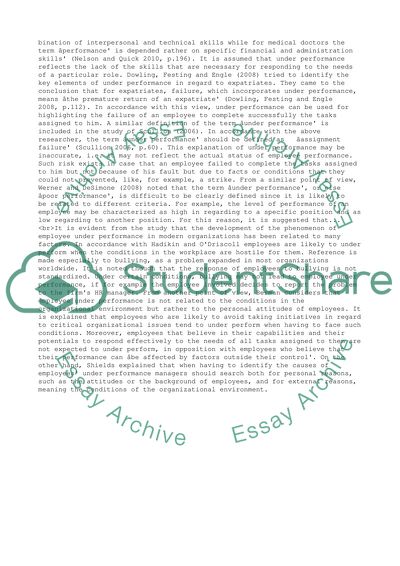Cite this document
(“Evaluate the role of the line manager in managing under-performance Essay”, n.d.)
Retrieved from https://studentshare.org/management/1393118-evaluate-the-role-of-the-line-manager-in-managing
Retrieved from https://studentshare.org/management/1393118-evaluate-the-role-of-the-line-manager-in-managing
(Evaluate the Role of the Line Manager in Managing under-Performance Essay)
https://studentshare.org/management/1393118-evaluate-the-role-of-the-line-manager-in-managing.
https://studentshare.org/management/1393118-evaluate-the-role-of-the-line-manager-in-managing.
“Evaluate the Role of the Line Manager in Managing under-Performance Essay”, n.d. https://studentshare.org/management/1393118-evaluate-the-role-of-the-line-manager-in-managing.


